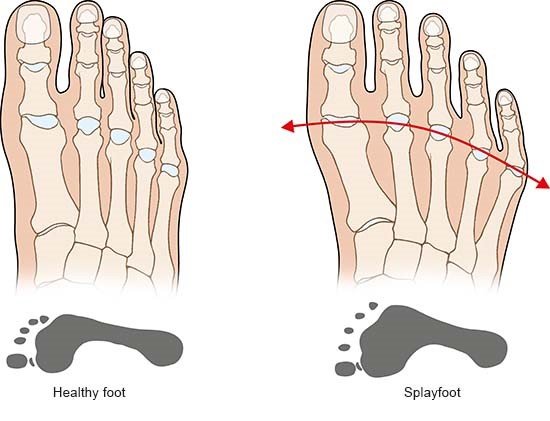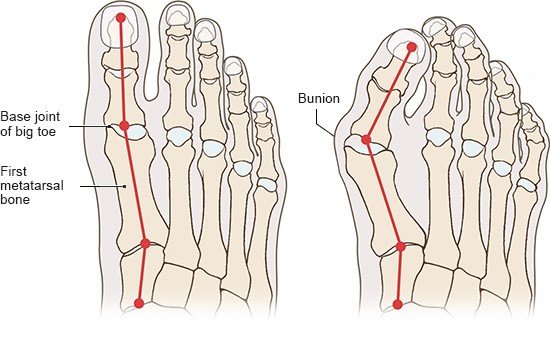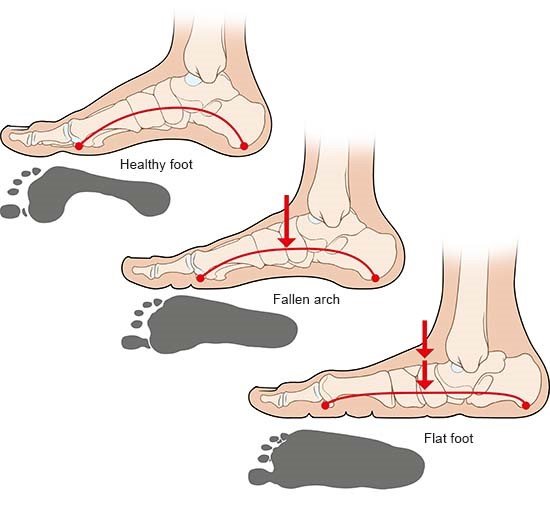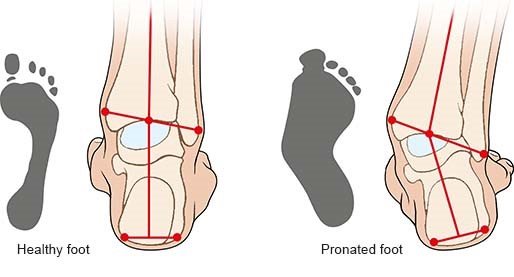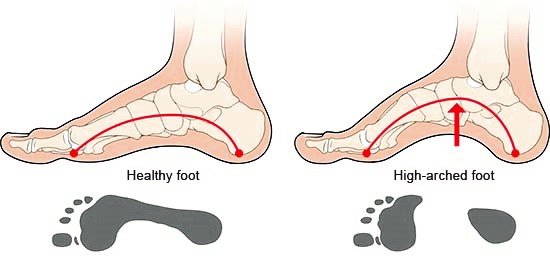Foot deformities
In its normal form, the structure of the human foot allows us to walk in an upright position. Our feet consist of bones, joints, muscles, tendons and ligaments, which also keep everything in place. This makes them stable and strong, while at the same time being flexible and adaptable. Feet can become deformed as a result of external factors, certain foot postures or diseases. Foot deformities may – but don’t always – cause problems, such as pain and walking difficulties. There are various types of foot deformities. Some are present at birth.
Most people have slightly deformed feet. This is completely normal and usually doesn’t lead to any problems. Hardly anyone has “ideal” feet.
